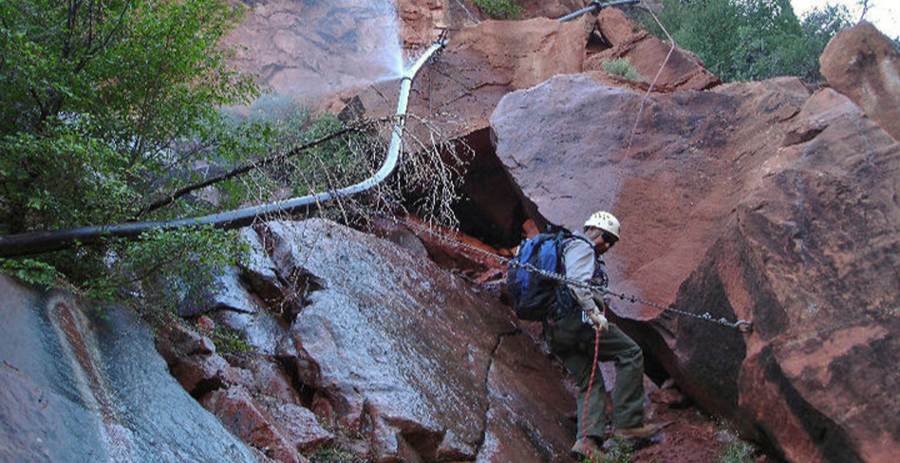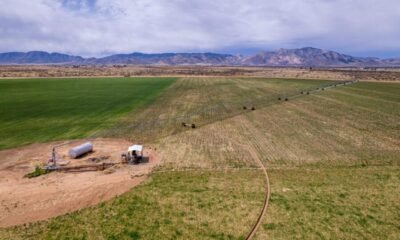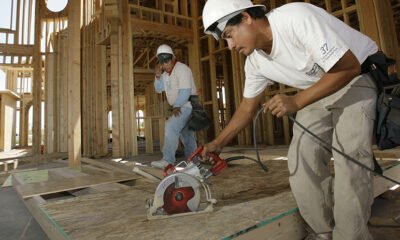Bright Angel Lodge
Grand Canyon Water Line Breaks Countless Times: Why the Urgent Repair Now?

The Grand Canyon’s water pipeline, essential for millions of visitors at the South Rim, recently caused significant disruptions during the Labor Day weekend. Hotel closures due to unexpected water restrictions left many tourists scrambling for accommodations.
Repairs on the pipeline, a critical water source since its installation in the 1960s, are now a pressing concern. The line has suffered numerous breaks over the years, with a particularly high rate of failures in recent times. This year alone saw multiple disruptions, prompting the National Park Service to take immediate action and impose water restrictions.
The 12.5-mile Transcanyon Waterline has experienced over 85 breaks since 2010. Originally constructed in 1970, its functionality has significantly declined, leading to concerns about the park’s ability to maintain essential services. Hiking routes were previously closed due to water shortages caused by pipeline failures, illustrating the ongoing challenges.
Efforts to fix these issues are underway, but a comprehensive overhaul is not expected to be completed until 2027. Experts attribute the delays to funding constraints and complex planning processes. The National Park Service is currently facing a broader maintenance backlog, struggling to address aging assets across the national park system.
The recent restrictions, which closed hotels like El Tovar and Bright Angel Lodge, have forced management to find quick fixes for the pipeline’s ongoing problems. History shows that pipeline repairs often require helicopters for worker transport due to the rugged terrain, adding complexity and cost to maintenance efforts.
In 2018, the National Park Service proposed a comprehensive plan to replace three miles of piping and upgrade essential infrastructure within the canyon. Though progress is slow, the project is aimed at securing water supply for the next half-century. Funding challenges persist, as the park relies heavily on visitor fees and congressional support for significant capital projects.
This pipeline dilemma reflects a nationwide issue for national parks, with a staggering $23 billion maintenance backlog. Aging infrastructure continues to present serious operational hurdles, raising concerns among park officials and visitors alike. As discussions continue around national parks’ financial futures, the urgency for repair and restoration efforts remains clear.
As the park service navigates these complex issues, managing current failures will be paramount. The intertwined fate of the Grand Canyon’s water supply and tourism stands as a reminder of the critical need for infrastructure investment in America’s cherished natural spaces.

















